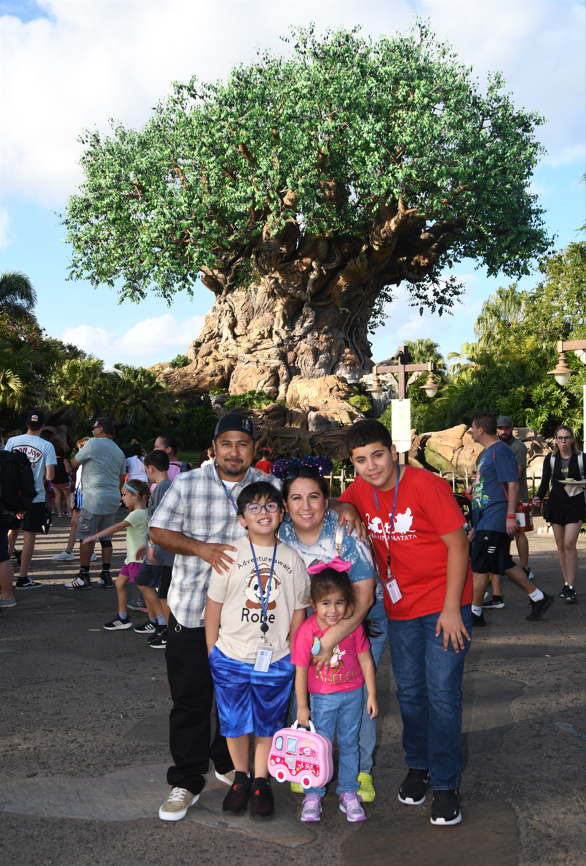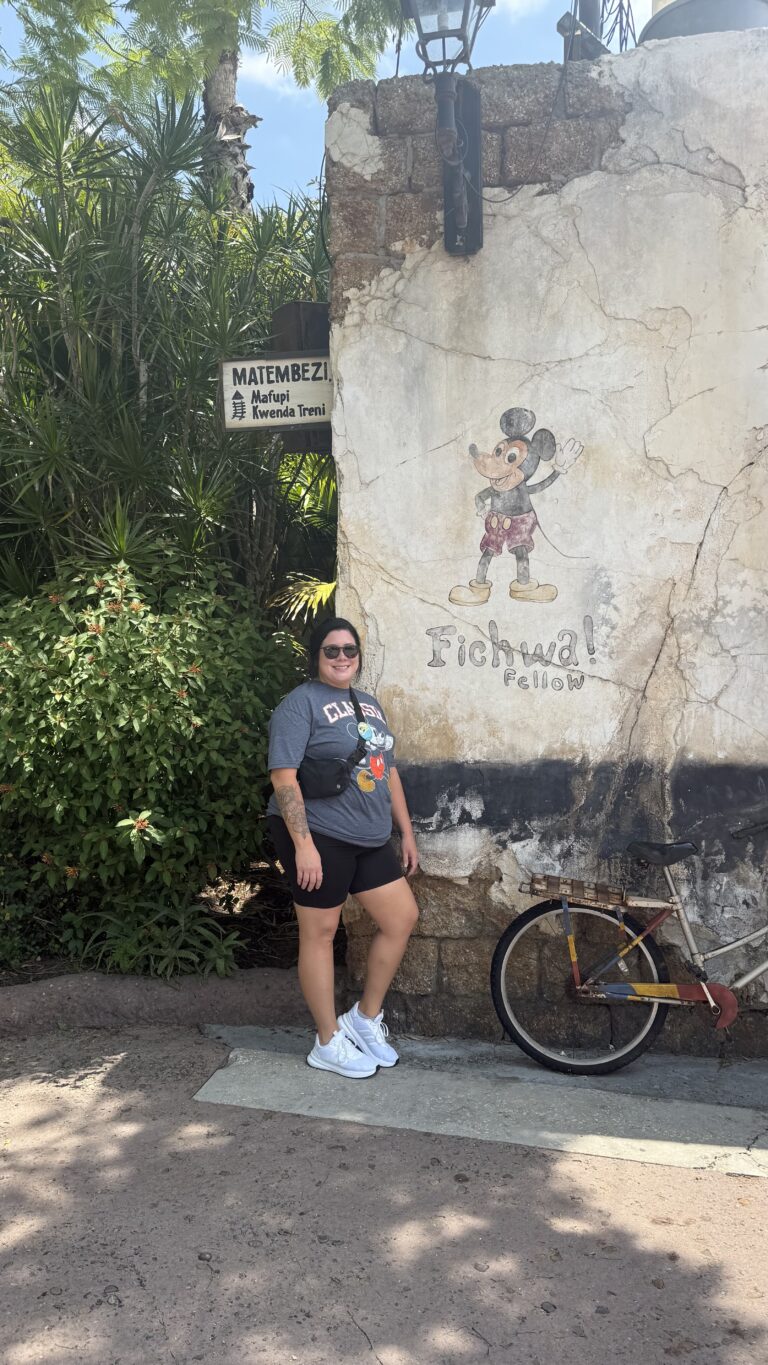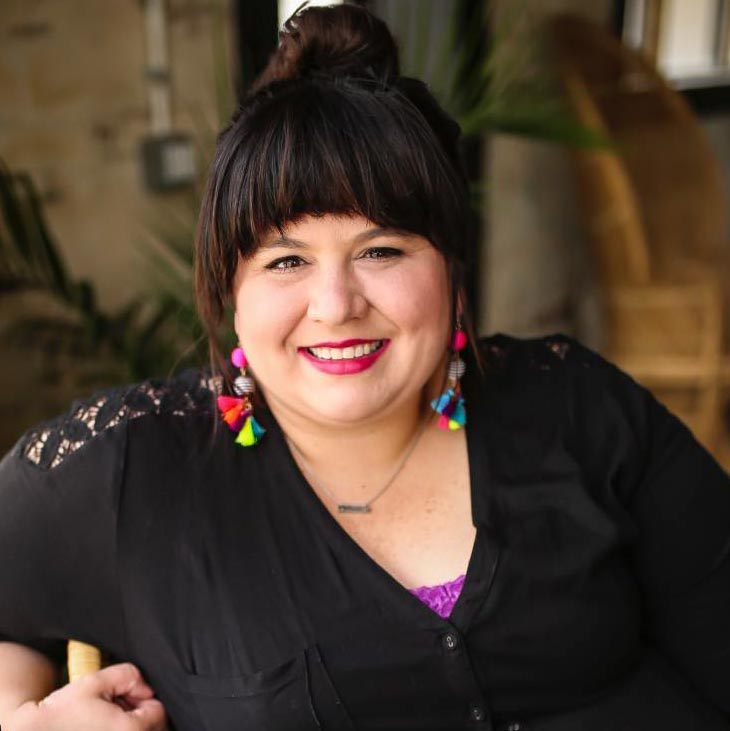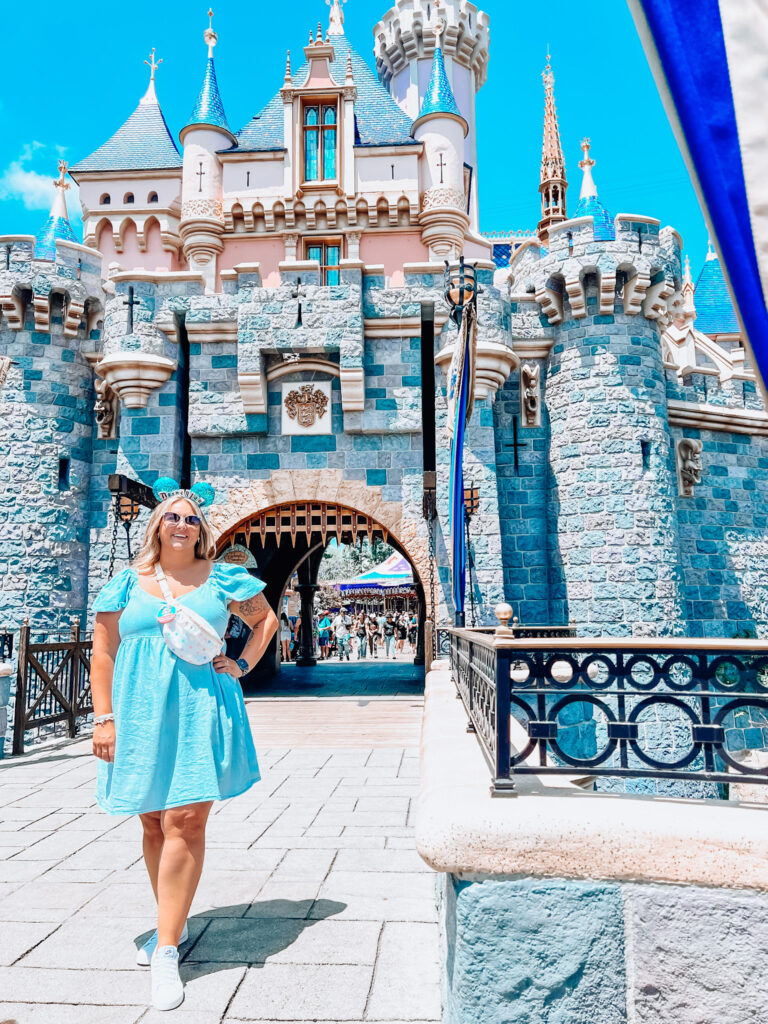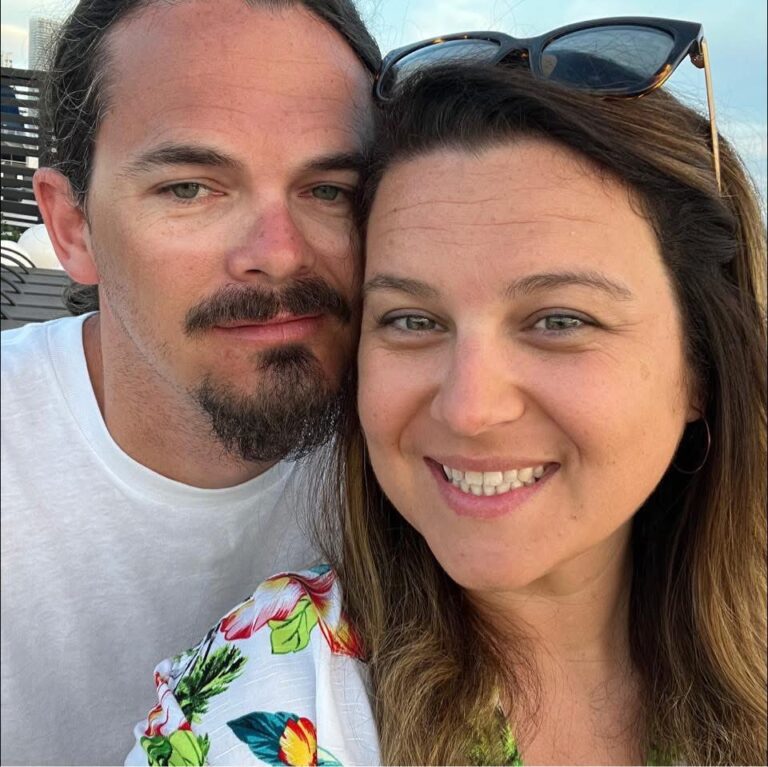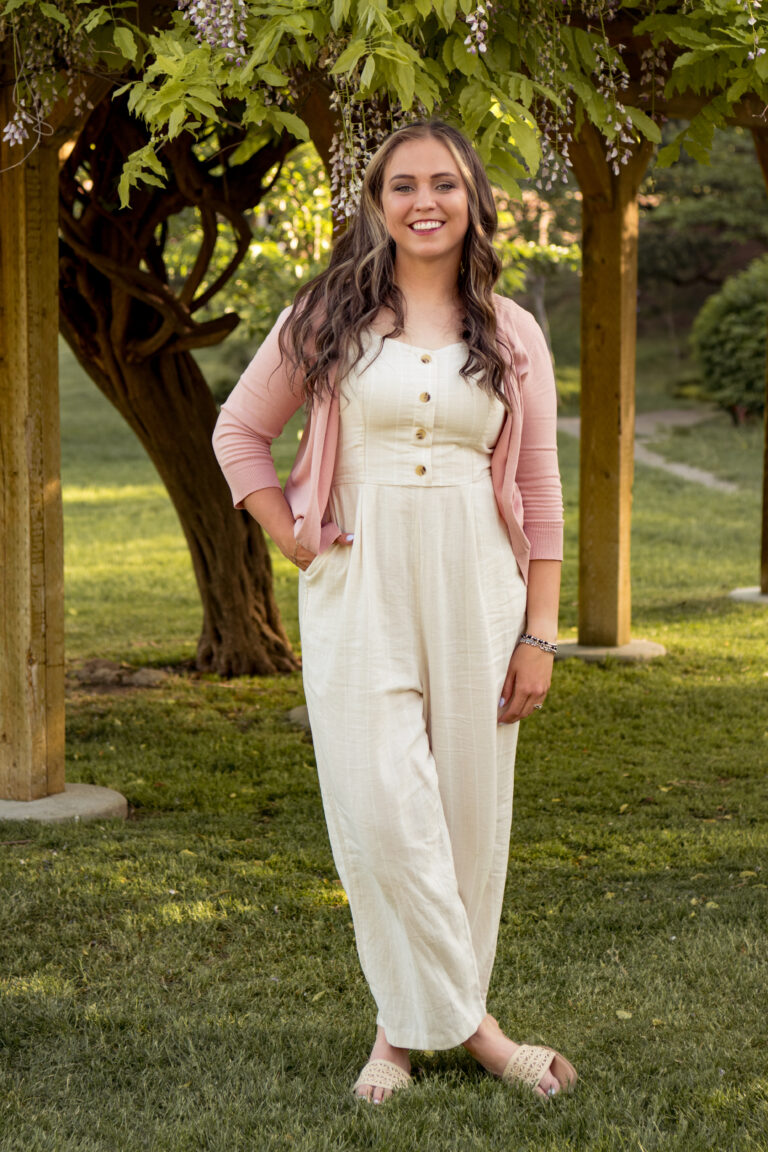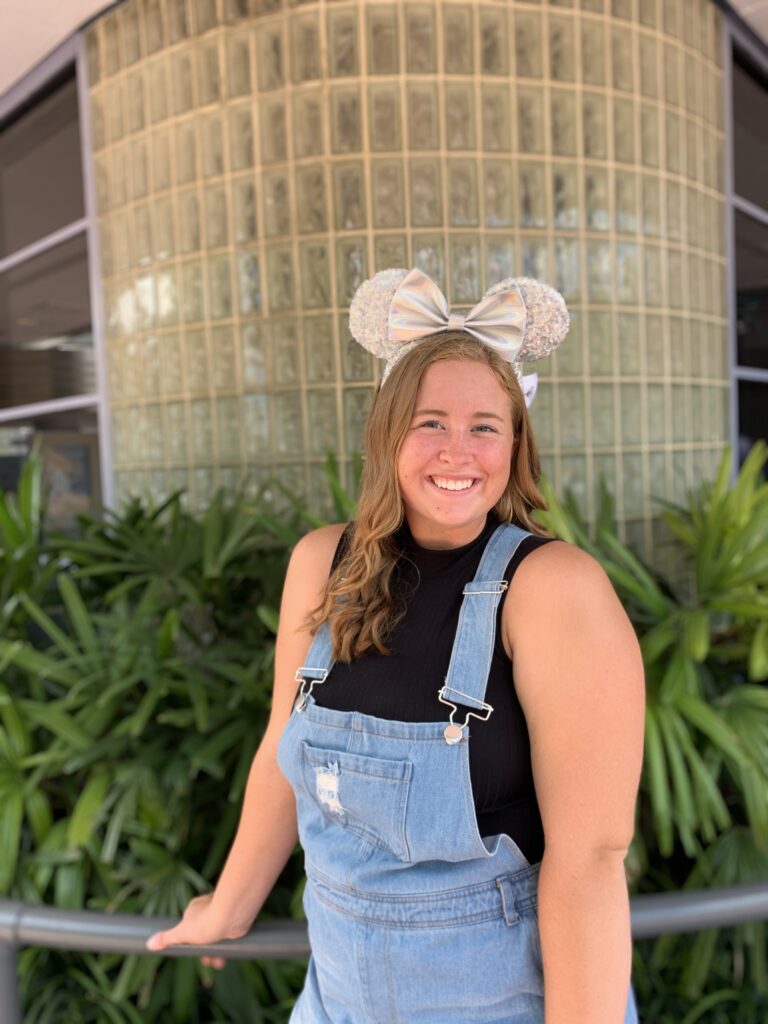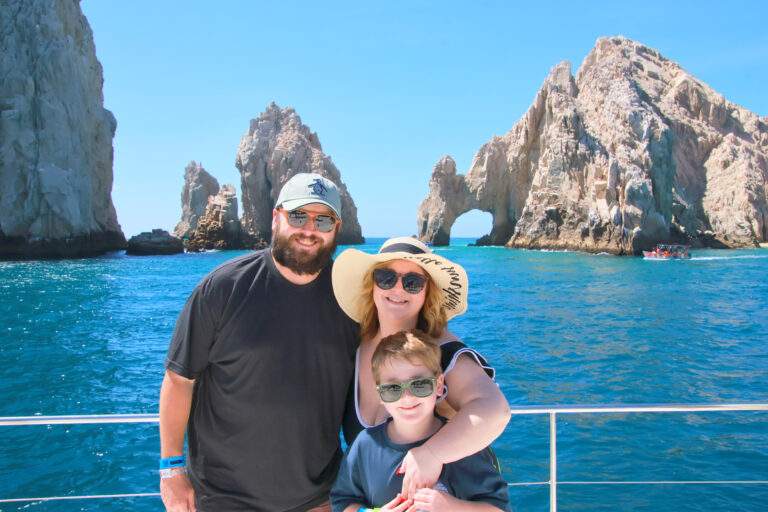Overview
Introduction
Jackson Hole, Wyoming, is the name of the mountain valley extending almost 50 mi/80 km along the east side of the Teton Range from the town of Jackson to near the southern border of Yellowstone National Park and including several towns: Jackson, Kelly, Moose, Moran and Teton Wilson.
The Jackson Hole Mountain Resort hosts several hundred thousand tourists a year. Visitors go to enjoy the endless miles/kilometers of forest and ranch land to the east and south, the scenery, the many recreation options and the wildlife. Jackson Hole has also become one of the destinations for celebrity and politician sightings.
Jackson Hole retains much of its historic cowboy heritage despite the development boom, and visitors have a wealth of options, from exhilarating white-water rafting trips, pristine hiking trails, impeccable service and gourmet cuisine to manicured golf greens, black-diamond ski runs and honky-tonk bars.
Unless you visit in the off-season, lodging in the area will be expensive, but a little research (or opting to camp) can make the trip more affordable. It also will leave you with more money to spend on shopping and activities: In between skiing, fishing, hiking and just taking in the view of the Teton mountain range, many people spend a couple of days wandering through the area's wealth of galleries, as well as brand name and specialty shops in downtown Jackson and outlying areas.
As a resort area, Jackson Hole has widely varying numbers of tourists throughout the year, and many businesses alter their hours accordingly, either shortening hours or closing for stretches during less busy times. It's also not unusual for restaurants and bars to close for private parties. Unless specifically noted, all hours listed in this guide are for summer, which is the busiest season when most businesses are open. However, it is always a good idea to call ahead to confirm opening hours before making plans.
Must See or Do
Sights—Mountaintop views from the top of Snow King Resort or Jackson Hole Mountain Resort; Grand Teton National Park; a winter sleigh ride through the National Elk Refuge.
Museums—Impressive images of nature at the National Museum of Wildlife Art; cowboy and ranching history at the Jackson Hole Historical Society and Museum; local artists on view at the Center for the Arts.
Memorable Meals—Wild Sage's innovative treatment of game in an elegant setting; a four-course meal by a double fireplace at Snake River Grill.
Late Night—Dance and straddle a saddle barstool at the Million Dollar Cowboy Bar.
Walks—Any trail in Grand Teton National Park, and many throughout the surrounding mountain ranges.
Especially for Kids—Snow King Alpine Slide; the Jackson Hole Shootout
Geography
The town of Jackson is the southern anchor of Jackson Hole, south of Grand Teton National Park and just east of the Idaho border. It sits in a valley surrounded by the Hoback Range and Snow King Mountain to the south, the Gros Ventre Mountains to the east and the spectacular peaks of the Teton Range to the north and west. The Snake River runs to the west between Jackson and Teton Village.
The town center is flat, making walking an excellent option, and areas on the edges of town creep up the mountainsides and buttes.
To the west are the small town of Wilson and the road leading to Teton Village, home of Jackson Hole Mountain Resort and a spectacular array of dramatic vacation homes.
History
Jackson Hole and the Tetons were created by geological forces over the course of 10 million years. The valley was home to elk herds and several groups of Native Americans—Shoshoni, Crow, Blackfeet, Bannock and Gros Ventre (pronounced grow vaunt)—before American and European fur trappers discovered it in the early 1800s.
Originally called Jackson's Hole, the area was named for early mountain man David Jackson. (The word hole was a common term used at the time to describe a valley surrounded by mountains.)
Trappers and mountain men had the valley to themselves until the Homestead Act of 1862 brought a few more settlers. Most were not prepared for the brutal winters, and lack of access to railroads or decent roads, for that matter. They quickly sold out, enabling hardier souls to create large cattle ranches that were marginally successful. By 1880, Jackson Hole had 23 residents: 20 men, two women and one child.
By the 1900s, as word of the beauty of the mountains spread back east, visitors started to appear, and ranchers and cowboys became guides and outfitters to help tourists safely experience the valley. Ranchers continued to raise cattle and work the land, but the tourists kept arriving—bringing a welcome influx of money into the struggling local economy. By the 1920s, Jackson was a thriving frontier town, and dude ranches were common.
As Grand Teton National Park was established to the north, controversy over land use grew. Local ranchers wanted the freedom to control the land and the area's development. At the same time, there was a national push (backed by John D. Rockefeller Jr., who was quietly buying up land) to preserve the area for its beauty and importance to the greater Yellowstone ecosystem.
Tourism has continued to grow, and it is now the region's primary industry.
Potpourri
The country's first all-woman city council was elected in Jackson in 1920, the same year that the 19th Amendment was finally passed giving women the right to vote.
On board the US Voyager II is an Ansel Adams photograph of Jackson Hole. The spacecraft, launched in 1977 to explore distant parts of our solar system, is more than 14 billion mi/22.5 billion km from the Earth. Its cargo contains photos and other objects that best represent our planet in the event that it is ever found by intelligent life forms.
Jackson's elk-antler auction is one of a kind. Each year, local Boy Scouts collect antlers that have been shed in the Elk Refuge. The antlers are auctioned on the Saturday one week before Memorial Day, with most of the proceeds used to fund the feeding program at the refuge.
The Jackson Hole Airport is the only commercial airport within the boundaries of a national park.
Celebrity sightings have included Sandra Bullock eating at a local barbecue joint, Uma Thurman making her way down the slopes at Jackson Hole Mountain Resort and Tiger Woods scoping out property with Teton views. The area's most famous resident, Harrison Ford, has donated his private helicopter for use in search and rescue missions. He even flew one of those rescue missions himself.
More than 15 feature films have been made on location in Jackson Hole, including Django Unchained, Rocky IV and The Big Trail, featuring John Wayne in his first movie role. Sitcom Modern Family is one of the more recent TV shows to use the Tetons as a backdrop.














